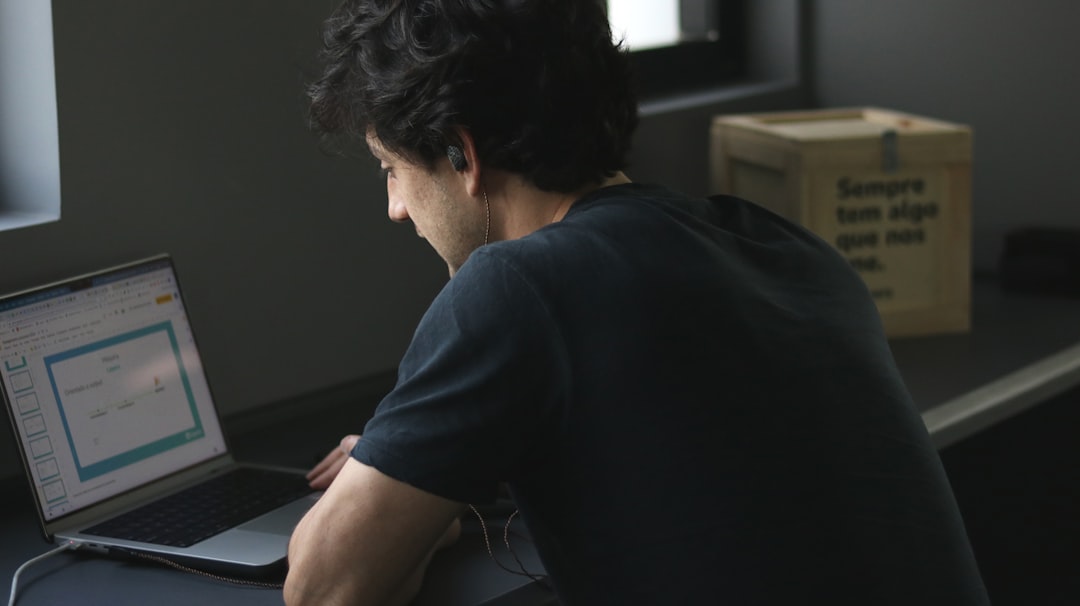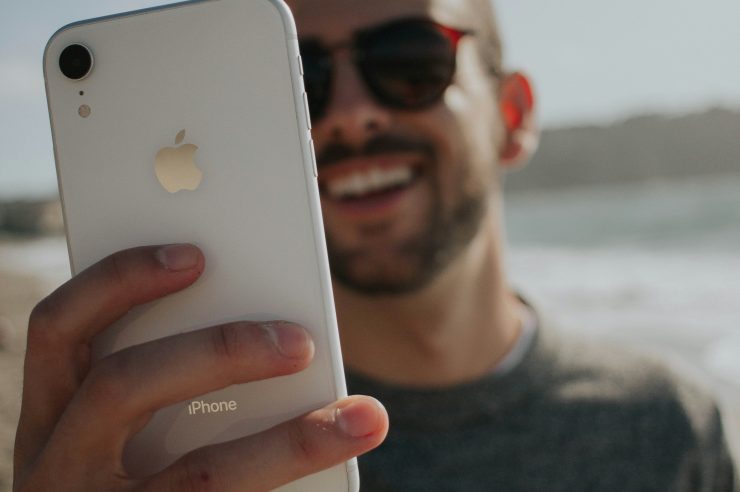Verification badges—those small, often blue checkmarks—are commonly used on social media platforms to indicate that a user account is authentic or verified. These badges help users identify legitimate accounts of public figures, celebrities, brands, and organizations. You may want to replicate the appearance of these verification badges in text for presentations, mockups, or other creative projects, but it’s important to remember that actually displaying a verification badge next to your name on social media without proper authorization is against most platforms’ policies.
If you’re using the verification badge for a valid, non-misleading purpose, here are a few ways you can copy and paste a verification badge into text or documents for design purposes.

1. Copy and Paste a Badge Emoji
One of the easiest ways to mimic a verification badge in text is by using an emoji or symbol that closely resembles it. Emojis can work well for quick design mockups, presentations, or text that you don’t intend to misrepresent as official verification.
Common Verification Badge Emojis
– Blue Check Emoji (✔️): This is not identical to the verification badges seen on social media, but it’s a close approximation for basic needs.
– White Check Mark in a Blue Circle (🟦✔️): This combination of emojis can also give a “verified” feel.
To use these in your text:
1. Copy the Emoji: Select the emoji that you want to use and press `Ctrl + C` (or `Command + C` on Mac) to copy it.
2. Paste the Emoji: Navigate to the text editor where you want to add the badge, click where you want the badge to appear, and press `Ctrl + V` (or `Command + V` on Mac) to paste.
These emojis work on most platforms, including Word, Google Docs, and even some social media posts. However, they may not perfectly replicate the platform-specific look of a verified badge.
2. Use Image Editing Software to Replicate a Badge
If you need a verification badge for a graphic or design project, you can create your own using a photo-editing program like Photoshop, GIMP, or an online editor like Canva. This approach allows you to customize the color, size, and design to match any platform’s specific badge.
Steps to Create a Verification Badge
1. Open Your Image Editor: Use software like Photoshop or Canva to design your badge.
2. Draw a Circle: Start with a small blue or gray circle.
3. Add a Check Mark: Inside the circle, add a white check mark, making sure it’s centered.
4. Save as PNG: Save the image as a PNG file to retain transparency, which allows you to place it seamlessly over text.
After creating the badge, you can easily copy and paste it into documents, social media mockups, or presentations.
3. Use Copyable Icons or Symbols in HTML
If you’re working on a website or blog, using HTML to add a checkmark can also create a verification effect.
HTML Checkmark Symbols
– Basic Checkmark: `✓`
– Heavy Checkmark: `✔`
– Blue Checkmark Emoji: `🟦✔️`
Simply copy the desired checkmark symbol and paste it into your HTML code or CMS editor.
Things to Keep in Mind
– Avoid Misuse: Most platforms have policies against impersonating verified accounts. Misusing a verification badge in a misleading way could lead to account restrictions.
– Visual Only: If using this for mockups, presentations, or non-public materials, make sure it’s clear that the badge is a mockup and not an actual verification badge from a social media platform.
In short, copying and pasting a verification badge symbol is easy with emojis, symbols, or custom-made badges in graphic editors. Always use these icons responsibly to avoid misrepresentation, especially on social media.



